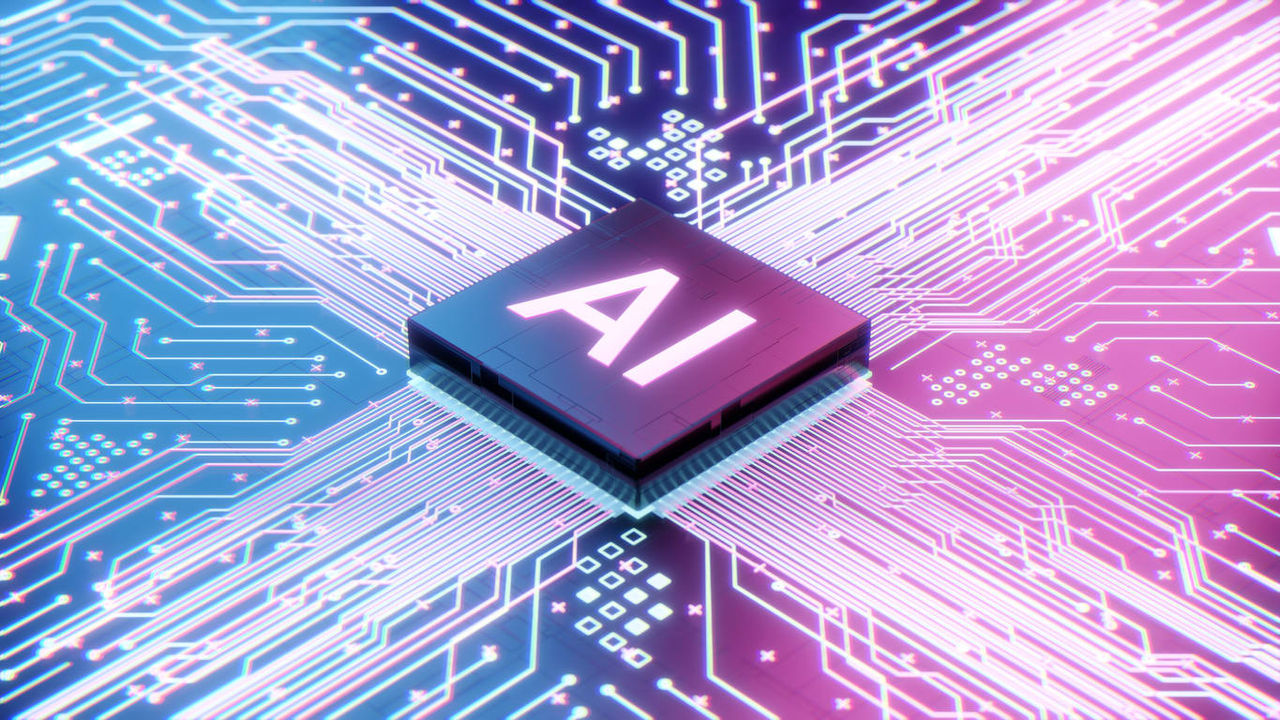President Biden Issues Executive Order on AI
Directives include protecting workers and identifying AI-generated content

President Joe Biden signed a first-of-its-kind executive order Oct. 30 on the development of artificial intelligence (AI), to shape how the powerful technology evolves in a way that can maximize its potential but limit its risks.
The order requires the tech industry to develop safety and security standards, introduces new consumer and worker protections, and assigns federal agencies a to-do list to oversee the rapidly progressing technology. The launch of ChatGPT less than a year ago astounded users and policymakers, accelerating efforts to try to regulate the technology.
The executive order will likely call into question the limits of the executive branch's enforcement authority over the private sector.
More detailed guidance from the Office of Management and Budget on how federal agencies should use AI will be released soon.
We've rounded up articles from SHRM Online and other outlets to provide more context on the news.
A Sweeping Set of Measures
President Biden's wide-ranging executive order calls on several agencies to take on new responsibilities related to artificial intelligence. The order requires developers of the most powerful AI systems to share internal testing data with the government to ensure safety before public release. The Department of Commerce will develop guidance for content authentication—clearly labeling AI-generated content to protect against AI-enabled fraud.
The executive order also contains several measures related to employment, including working toward best practices addressing job displacement, labor standards such as workplace discrimination, and data collection.
The federal government will accelerate the hiring of AI professionals as part of a talent surge. The order will also seek to streamline the immigration process for highly skilled foreign students and workers so they can add their talents to the U.S. AI workforce.
Congressional Action Needed
The White House recognizes that executive orders cannot replace legislation and continues to call on Congress to pass a law governing AI. Sen. Charles Schumer, D-NY., is leading a series of bipartisan forums with industry leaders, advocates, academics and other AI experts as the chamber ramps up efforts to craft AI legislation.
(FedScoop)
AI in the Workplace
This SHRM resource can help employers and employees successfully manage generative AI and other AI-powered systems at work.
Ready to Draft an Up-to-Date AI Policy? Target Top Risks
Most employers don't have policies to manage how employees use AI in the workplace. Others have policies, but some need to be updated. HR can minimize AI's top risks, including inaccuracy, plagiarism and misappropriation, by drafting a policy in tandem with IT and counsel.
New York City Begins Enforcement of AI Bias Law
The first-of-its-kind law requiring employers to audit their HR technology systems for bias and publish the results took effect Jan. 1. Enforcement began in July.
AI Bill of Rights
The Biden administration published in 2022 a "Blueprint for an AI Bill of Rights" on protections related to algorithmic bias and discrimination in automated and artificial intelligence technologies; employee data privacy; and employer surveillance of the workplace.



